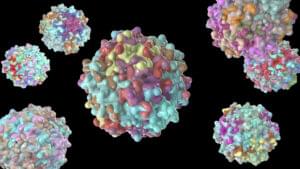Join our in-depth exploration of telomeres and their incredible potential in reversing aging! Discover the science behind telomere enhancement and how it can slow down the aging process. Featuring expert insights from Dr. Michael Roizen, this video unveils cutting-edge research that could change the way we view longevity. #AgingReversal #Telomeres #LongevityScience #DrMichaelRoizen #HealthInnovation #StemCellResearch #AntiAging #YouthfulLiving #Biotechnology #TelomerePharmaceuticals
Category: biotech/medical – Page 451
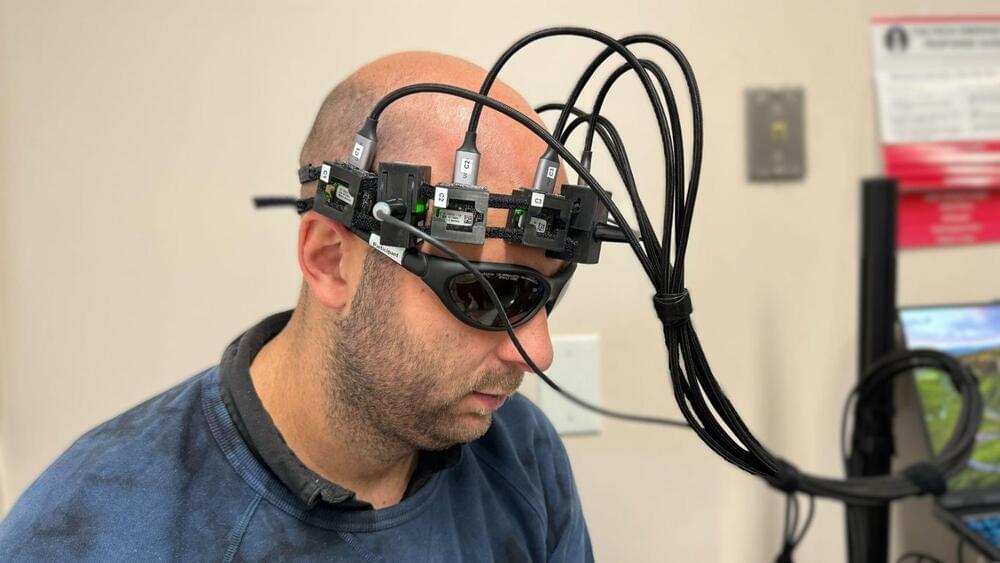
Caltech’s laser headset becomes 1st-ever device to predict stroke noninvasively
A team of engineers and scientists from Caltech and the Keck School of Medicine at USC has created a noninvasive, headset-based device that can assess a patient’s stroke risk by monitoring blood flow and volume changes during a breath-holding test.
The device uses a laser-based system and has demonstrated promising results in distinguishing between individuals with low and high stroke risk.
“With this device, for the first time, we are going to have a way of knowing if the risk of someone having a stroke in the future is significant or not based on a physiological measurement,” says Simon Mahler, a co-lead author of the study.



MIT scientists use a new type of nanoparticle to make vaccines more powerful
Many vaccines, including vaccines for hepatitis B and whooping cough, consist of fragments of viral or bacterial proteins.
“Not only are we delivering the protein in a more controlled way through a nanoparticle, but the compositional structure of this particle is also acting as an adjuvant,” Jaklenec says. “We were able to achieve very specific responses to the Covid protein, and with a dose-sparing effect compared to using the protein by itself to vaccinate.”
Vaccine access
While this study and others have demonstrated ZIF-8’s immunogenic ability, more work needs to be done to evaluate the particles’ safety and potential to be scaled up for large-scale manufacturing. If ZIF-8 is not developed as a vaccine carrier, the findings from the study should help to guide researchers in developing similar nanoparticles that could be used to deliver subunit vaccines, Jaklenec says.
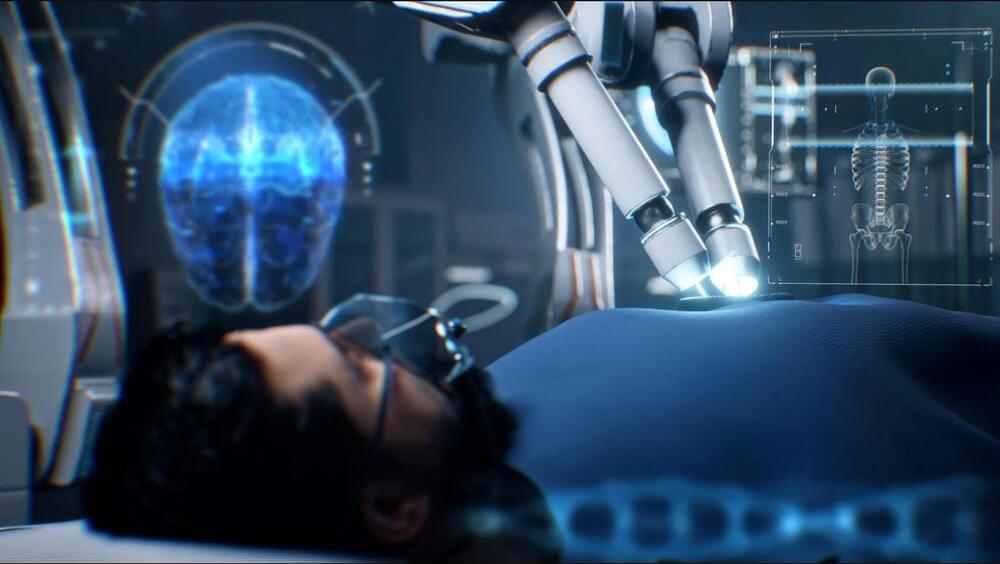
Beyond The Code: Human Factors In Robotic Surgery Risk Management
A key aspect of human factors in robotic surgery is the training and proficiency of the surgeon. Robotic systems, although designed to enhance precision, rely heavily on the expertise of the individuals operating them. Companies should invest in comprehensive training programs that extend beyond basic certification and promote a culture of continuous learning and skill development.
Simulation-based training, for example, provides a risk-free environment for practicing complex procedures, helping surgeons build confidence and proficiency. Implementing standardized certification processes ensures consistent competency levels among surgeons.
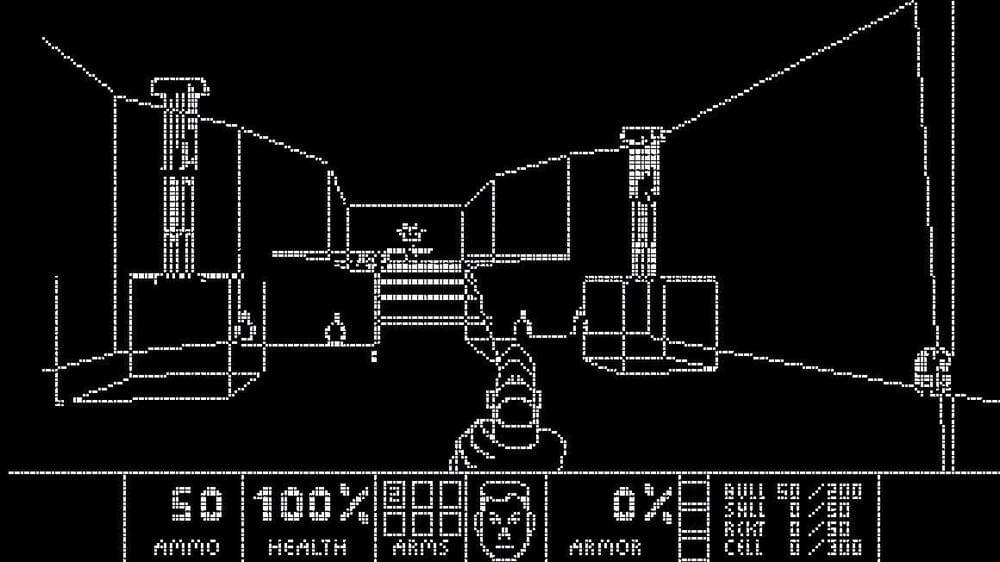
DOOM can now run on a quantum computer with Quandoom port — seminal FPS blood and gore mixed with spooky action
DOOM has been ported to quantum computers, marking another milestone for this seminal 3D gaming title. However, the coder behind this feat admits that there is currently no quantum computer capable of executing (playing) this code right now. All is not lost, though, as Quandoom can run on a classical computer, even a modest laptop, using a lightweight QASM simulator.
Barcelona ICFO-based Quantum Information PhD student Luke Mortimer, AKA Lumorti, is behind this newest port of DOOM. In the ReadMe file accompanying the Quandoom 1.0.0 release, Lumorti quips that “It is a well-known fact that all useful computational devices ever created are capable of running DOOM,” and humorously suggests that Quandoom may be the first practical use found for quantum computers.
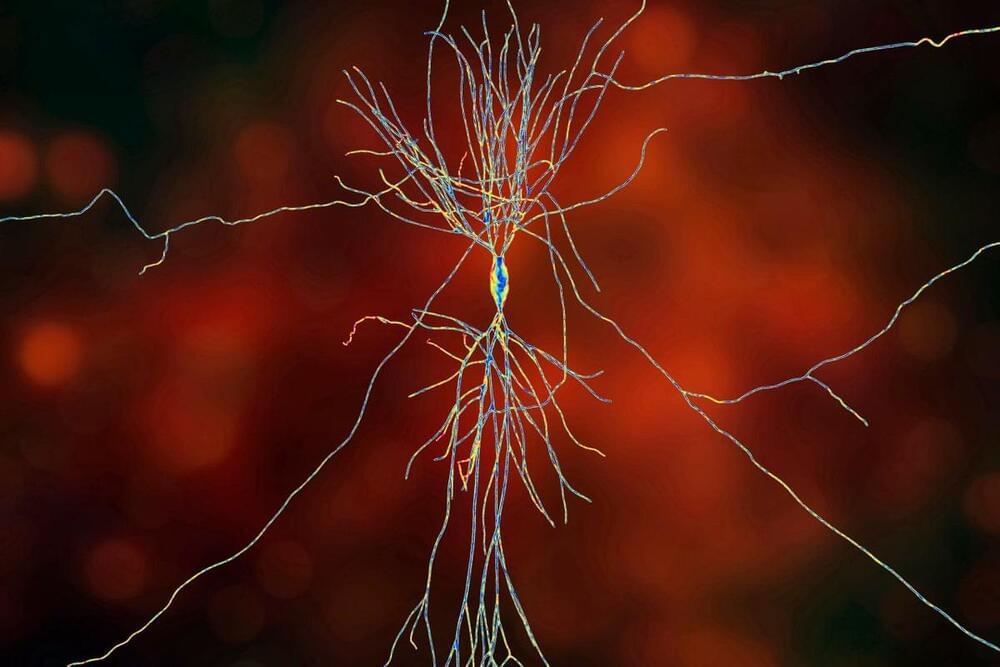
How Your Brain Detects Patterns without Conscious Thought
To make sense of the world around us, the brain must process an…
Neurons in certain brain areas integrate ‘what’ and ‘when’ information to discern hidden order in events happening in real time.
By Miryam Naddaf & Nature magazine
The human brain is constantly picking up patterns in everyday experiences — and can do so without conscious thought, finds a study of neuronal activity in people who had electrodes implanted in their brain tissue for medical reasons.
